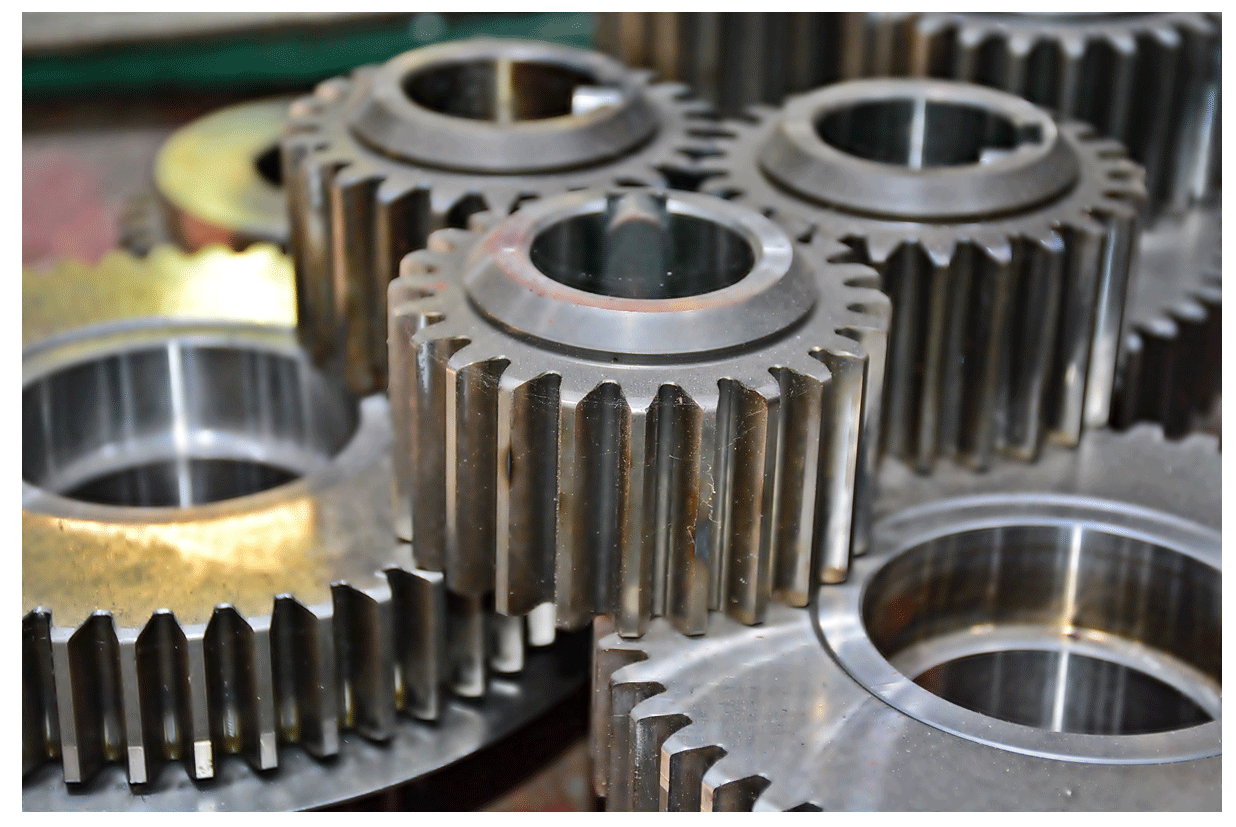Rust Inhibitors protect parts in storage or transit. Iron rusts quickly when exposed to air and humidity but it can be prevented.
Benefits of rust inhibitors:
![Container-ship_81414991-copy]() Reduce parts inventory.
Reduce parts inventory.- Maintain dry, clean parts ready for assembly.
- Reduce complaints and charges-back due to rust stained parts and equipment
TYPES OF RUST INHIBITORS TO CHOOSE FROM:
Wax compounds – Cosmoline is one of the oldest rust inhibitors. It is a greasy, waxy substance that was used extensively to preserve post war military equipment, and is still used to prevent automotive disc brake rotors from rusting. Over time, Cosmoline becomes hard and must be removed by heat or solvent cleaning. Today it is not widely used to protect components waiting processing.
Solvent based oils and lubricants are used to prevent parts from rusting. They are generally inexpensive and work for interior storage. Different types are used with varying results. While inexpensive, they can contaminate other surfaces and usually require removal before the part can be used.
Water based rust inhibitors provide an environmentally sound alternative to petroleum based products. They leave a nearly invisible, dry, non-oily film that prevents parts from rusting for up to two years in interior storage, and they usually do not have to be removed before processing or painting. Testing is required to ensure compatibility with fabrication and painting.
Vapor phase corrosion inhibitors are solid materials that emit molecules that prevent parts from rusting. The part is sealed in a plastic bag to contain and surround the part with the corrosion inhibitive vapor. The corrosion inhibitor is either part of the plastic used to make the bag, or it is held in a small container placed within the plastic bag. In either case, the vapor is emitted to the prevent parts from rusting.
Peel-off corrosion inhibitive coatings provide mechanical protection against nicks, scratches, and over-spray. These coatings provide temporary protection against corrosion during storage or shipment and then are peeled or washed off.
Combination systems use multiple types of corrosion inhibitors. For example, they may combine a water based rust inhibitor with a vapor phase inhibitor to protect high value parts exposed to a marine environment.
SELECTING THE RIGHT RUST INHIBITOR BEGINS BY ASKING THE RIGHT QUESTIONS:
What environment will the part be exposed to?
- Climate controlled interior storage.
- Interior storage with fluctuating temperature.
- Exterior storage but shielded from weather.
- Exterior storage exposed to normal weather conditions.
- Marine environment– exposed to salt air and condensation.
How long will the part be in storage or transit?

- Six months
- Six months to one year
- One to two years
What should its condition be at the end of storage?
- Rust free but requires removal of the rust inhibitor before use.
- Dry, non-oily but requires light cleaning.
- Ready-for-use.
How can the rust inhibitor be applied?
- Aerosol, low pressure garden spray, conventional spray, dip, brush ….?
What economic value is gained by keeping the item rust free?
- Lowered finished goods inventory.
- Limited surface preparation at end of storage.
- Dry, clean parts and equipment
- Reduced complaints and back-charges.
Carbit can help. As part of our service, we will conduct laboratory tests to determine which Rust Inhibitor not only prevents rust but fits into your process. Contact us for more information at 312-280-2300, or email – info@carbit.com

 Reduce parts inventory.
Reduce parts inventory.